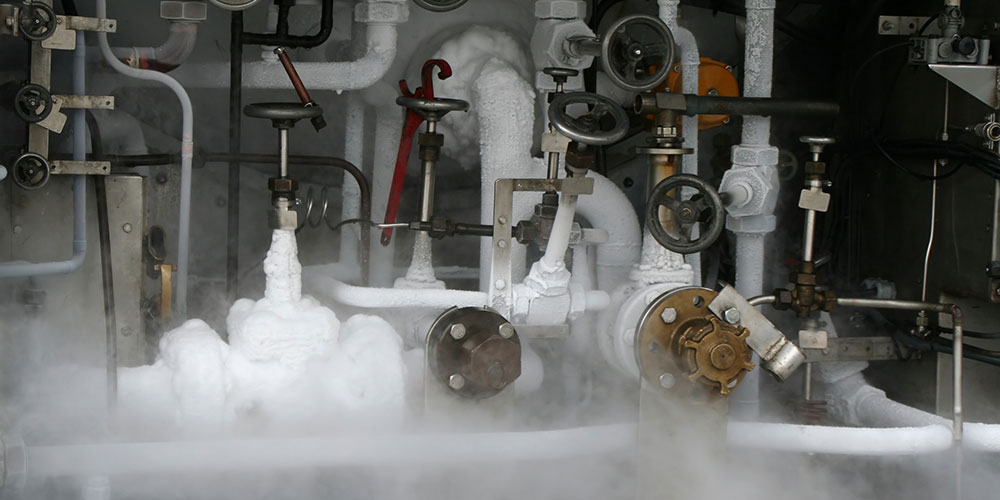industry-news
Local Efficiency Insulation Rebates
May 11, 2021

If you’re an employer, you’ve (hopefully) posted the required OSHA signs—“You Have a Right to a Safe and Healthful Workplace—It’s the Law!” Every employer wants to keep their workers safe, and one of the easiest ways to accomplish this is through proper installation and maintenance of mechanical insulation. Here are three ways insulation can help you create a healthier workplace.
In industrial workplaces, construction sites, warehouses, and other naturally loud work environments, noise protection usually means headphones. But mechanical equipment makes noise as it operates, too. Even an HVAC system in a large office space can have negative effects on employee productivity and happiness. According to a study by Cornell University, researchers studying the effects of noise on office workers have found that prolonged exposure to noise may have serious health ramifications, such as increased illness, accidents, and stress. Mechanical insulation, especially sound-absorbing jacketing, helps decrease the noise from mechanical equipment.
In workplaces where employees are exposed to extreme hot or cold piping, insulation is critical to keeping them safe. This doesn’t just apply to someone accidentally touching the surface, either. Mechanical equipment can radiate heat and create a work environment that’s generally too warm. Some people may be tempted to insulate pipes themselves to solve this problem, but there are two problems with this:
By investing in the proper insulation, you can ensure personnel safety and protect workers from extreme hot and cold temperature. A professional can help you select the right insulation for your facility. For example, cellular glass insulation is suitable for applications ranging from -450 degrees F to over 900 degrees F. You won’t get that kind of protection from a do-it-yourself approach.
Insulation specified for mechanical equipment is often also rated for firestopping. From the National Insulation Association: “Mechanical insulation is sometimes used as a firestopping material where a pipe passes through a wall. The objective is to prevent passage of fire from one side of the wall to the other. Since the pipe is likely insulated anyway for energy efficiency, condensation control, or both, that same material may meet the firestopping standards required by code for the project. This insulation essentially prevents the fire’s spread through the annular space between the pipe and the wall.”
Unless an insulation material has been specifically tested and rated for fire safety, it shouldn’t be assumed that it has firestopping capabilities. An insulation professional can recommend the right materials for fire safety.
Insulation isn’t just about your company’s bottom line—it’s about protecting the safety and wellbeing of your employees.